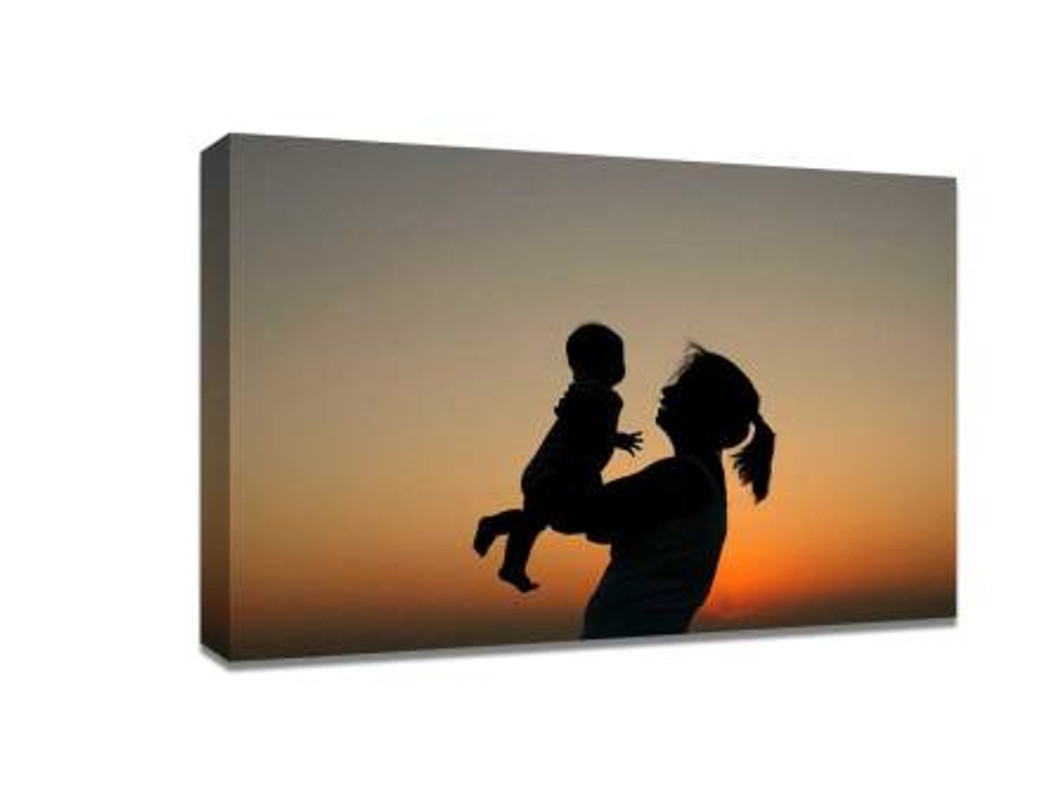15 Photography Exercises You Can Take at Home to Enhance Your Skills
Photography is an art form that requires practice, experimentation, and a deep understanding of different techniques. Whether you're just starting out or are looking to improve your existing skills, there are countless photography exercises you can do at home. Not only can you practice and master technical aspects like composition and lighting, but you can also get creative with the way you capture your subjects. In this blog, we’ll discuss 15 practical photography exercises you can try at home to boost your skills.
One way to showcase your best shots is by turning them into acrylic prints, which offer a modern and elegant look that is perfect for home decor. But before you consider printing, make sure you’re capturing top-quality shots. Here are 15 exercises to help you get there:
1. Master the Rule of Thirds
This is one of the fundamental rules in photography. Try capturing subjects using the rule of thirds to create a visually appealing composition. Position key elements along the gridlines or at the intersections for a balanced image.
2. Experiment with Natural Light
Take advantage of natural light sources in your home, such as windows or open doors. Experiment with different times of day to see how the quality and direction of light affect your shots. Play around with shadows and highlights to create mood.
3. Use Reflectors and Diffusers
If you don't have professional lighting equipment, try using household items like white bedsheets, aluminum foil, or even a piece of cardboard to diffuse or reflect light. This will allow you to control how your subjects are lit.
4. Shoot in Black and White
Focusing on black and white photography helps you concentrate on contrast, textures, and shapes. It will challenge you to be more intentional about light and shadow.
5. Create DIY Backdrops
Set up simple backdrops at home using fabrics, wallpaper, or even painted walls. This will help you practice various types of backgrounds and their impact on the subject of your photo.
6. Photograph Household Objects
Take everyday objects around your home—such as kitchenware, plants, or decor—and try to capture them creatively. This exercise encourages you to think outside the box and turn mundane items into interesting subjects.
7. Try Macro Photography
If you have a macro lens or a camera that can shoot close-ups, experiment with macro photography. Capture tiny details in objects like plants, coins, or even textures on fabrics to showcase their intricate beauty.
8. Play with Bokeh
Bokeh refers to the blurry, out-of-focus background that can add depth to your images. Experiment with aperture settings and focal lengths to create beautiful bokeh effects with lights, ornaments, or any other objects that can produce soft, glowing backgrounds.
9. Shoot in Low Light
Challenge yourself to shoot in low light conditions. Experiment with your camera settings to avoid blurry or grainy images. This will help you better understand how to use your camera’s ISO, aperture, and shutter speed settings effectively.
10. Work on Your Panning Skills
Panning involves following a moving subject with your camera while keeping it in focus. This exercise is great for learning motion blur and capturing fast-moving subjects like cars, pets, or even people walking.
11. Experiment with Long Exposure
If you have a tripod, experiment with long exposure photography. Capture movement, such as water flowing, car lights at night, or people in motion. This technique will add an artistic touch to your images.
12. Play with Reflections
Find reflective surfaces at home, like mirrors or windows, and photograph the reflection of subjects. Reflections can create interesting compositions and offer a unique perspective on an image.
13. Create a Still Life Composition
Set up a still life composition by arranging objects thoughtfully and taking the time to frame your shot carefully. This exercise will improve your ability to create well-composed and visually compelling photographs.
14. Try Light Painting
Light painting involves using a long exposure and a moving light source, such as a flashlight or sparklers, to create beautiful, artistic images. This can be done indoors and is a fun way to experiment with creative photography techniques.
15. Shoot Self-Portraits
Don’t be afraid to step in front of the camera! Set up your camera and practice self-portraits. Focus on lighting, composition, and expression to capture a personal and emotional shot. This is also an excellent way to learn more about how to use your camera’s settings.
Photography is all about practice, experimentation, and having fun with new techniques. The above exercises will not only help you improve your skills but will also provide you with unique and creative photos that are perfect for turning into acrylic prints for display in your home or as gifts. As you continue to explore different photography exercises, you'll develop your own style and gain confidence in your craft.
Recent Posts
-
The Different Types of Canvas Prints: Matte, Glossy, and Textured Finishes Explained
When shopping for wall art, many customers focus on image quality and price, but often overlook one …4th Jan 2026 -
The Emotional Power of Canvas Prints: Turning Memories into Meaningful Wall Art
In a digital-first world where thousands of photos live unseen on phones and hard drives, canvas pri …4th Jan 2026 -
Why Do Some Canvas Prints Look Blurry? Common Mistakes and How to Avoid Them
Many customers invest in canvas prints expecting crisp detail, vibrant colour, and gallery-quality r …3rd Jan 2026
